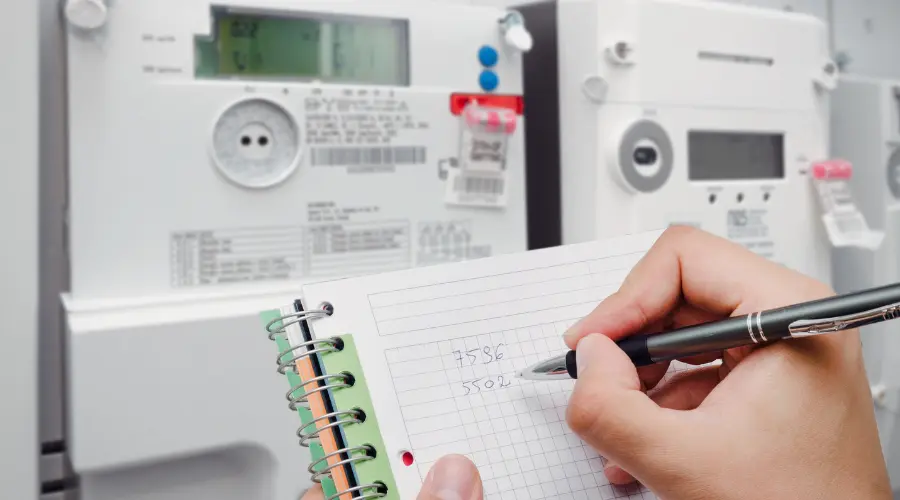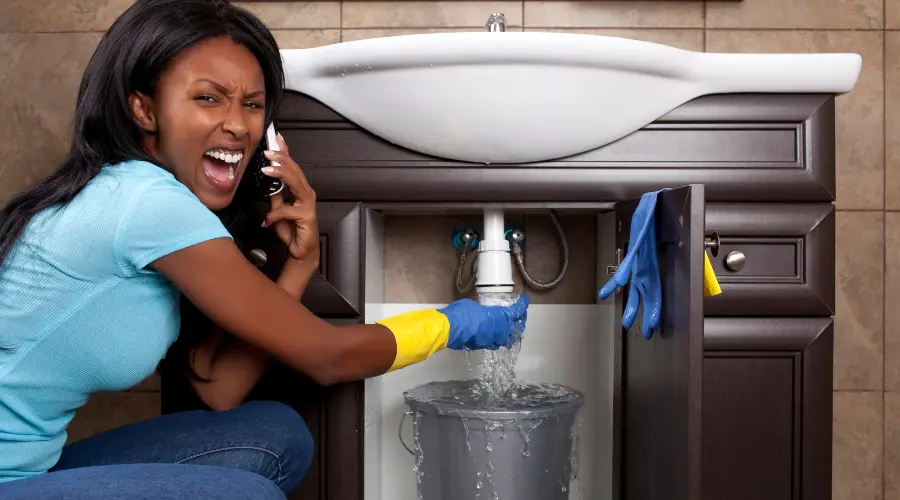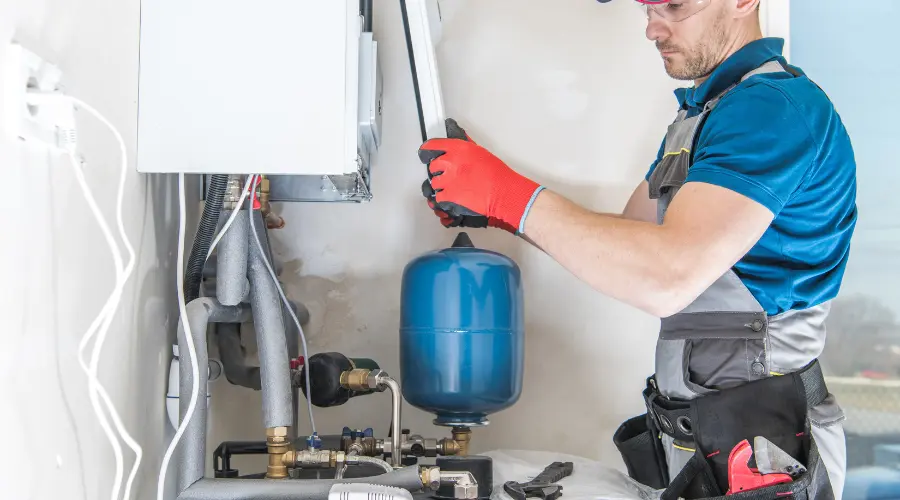Are you currently looking into buying a new radiator? It is essential that you position your new radiator in the optimal location. If you put it in the wrong location, you will wind up with an inefficient heating system that will end up costing you a lot of money in the long run.
Do you have a burning desire to learn everything there is to know about radiator placement? In this piece, we will discuss the “do” and “don’ts” of radiator placement so that you may get the most out of your cooling system.
What You Should Know About Where to Put Radiators
Are you unsure of which room to position your radiator in? In order to help you make the best-educated decision possible, we have compiled a list of some general radiator advice and words of caution.
Put your radiator where it can be seen from a window
Do you often feel the chill of the wind in your house? If that’s the case, you could choose to put your radiator in front of a window. This will ensure that the heat is distributed evenly around the room and will prevent any chilly drafts from entering the room through the window.
If you reside in a home with single-glazed windows, which are more prone to drafts than double- or triple-paned windows, then this arrangement is very helpful for you. If your house has higher insulation and windows that are double-glazed, then it is possible that this placement is not required.
You should install your radiator on the wall that is facing north
Did you know that walls that face north typically have a lower temperature since they get less direct sunlight? As a result of this, you should consider installing your radiator on the inside side of this kind of wall. This will prevent cold air from radiating across the room, and it will be more effective than placing a heater on a wall that faces east because the east wall will already be warm from the sun.
Maintain a Safe Distance Between Your Radiator and the Furniture
If you don’t like the way radiators look, you could be tempted to try to conceal it behind a piece of furniture like a sofa. This could be an option for you. This will simply impede your radiator from dispersing heat and functioning to its best potential. If you do this, there is a chance that you will deceive the thermostat in your room into believing that the room is already at the ideal temperature, which will cause the thermostat to switch off, which will be ineffectual.
It is recommended that you steer clear of hiding your radiator behind a radiator cabinet. Although at first glance it may appear to be an efficient solution, in the long run, it will prevent a significant amount of heat from circulating, which will result in increased energy costs but a decreased level of comfort.
If you aren’t satisfied with the option that you are looking at, continue browsing until you find a style that is suitable for the area that you want to heat. Radiators are available nowadays in a wide variety of contemporary designs.
Keep the Radiator Separate from the Curtains
Stay away from putting your radiator in the same room as your curtains, as this is another crucial no-no. If you continue to do this, the air will eventually be pushed out the window rather than into the room, which will waste the power of the radiator.
In the event that the radiator ever short-circuits adjacent to the curtains, you run the danger of encountering problems with safety.
Last Words on the Positioning of the Radiator
The positioning of radiators in your home is critically important if you want to get the most out of both the heat they produce and the energy they consume. You may select the ideal location for your radiator by adhering to the advice and suggestions provided in this article regarding placement.
It does not matter where you put your radiator because it is imperative that you do routine maintenance on it in order to guarantee that everything is operating as it should. In order to ensure that your radiator is properly maintained, here are some pointers.





